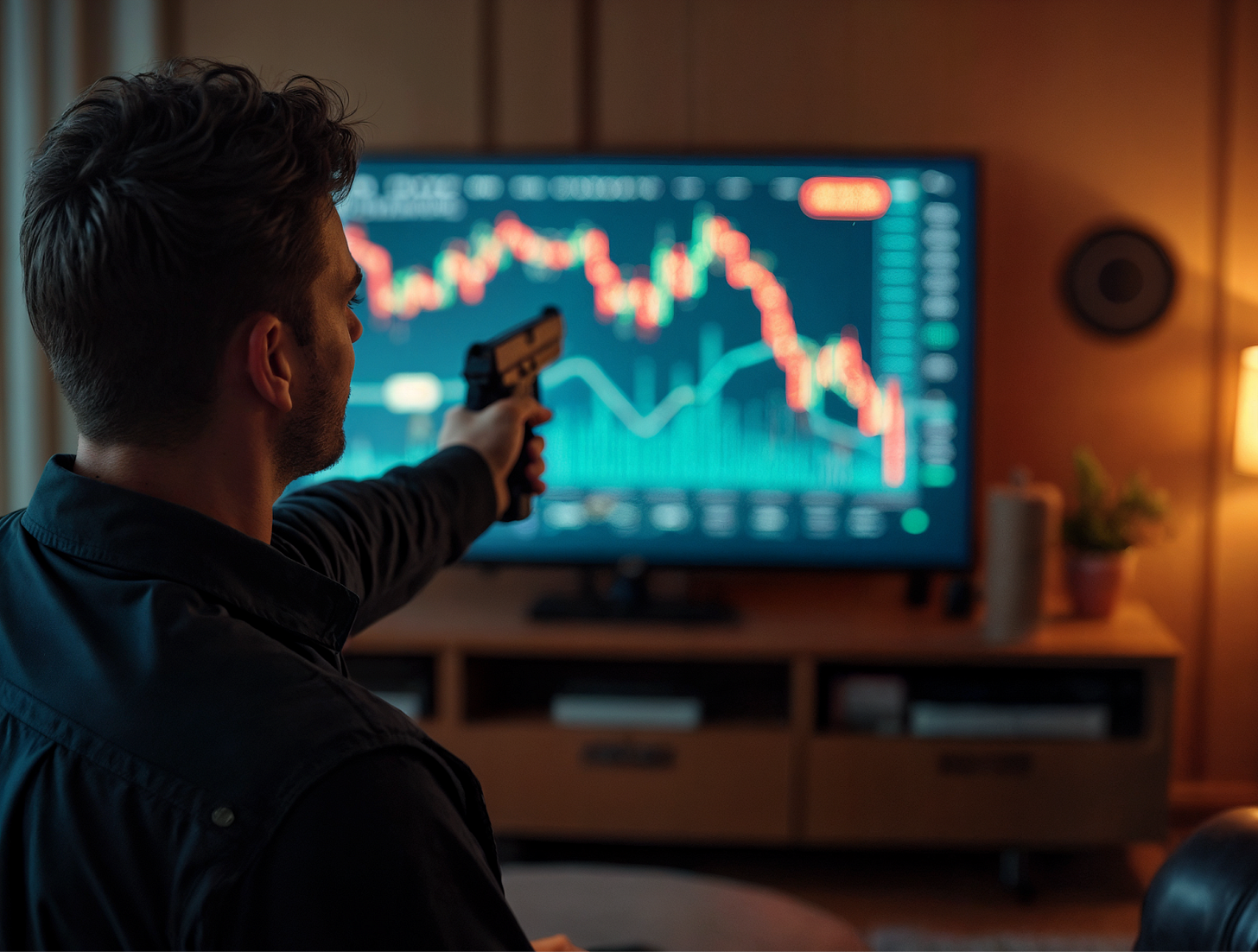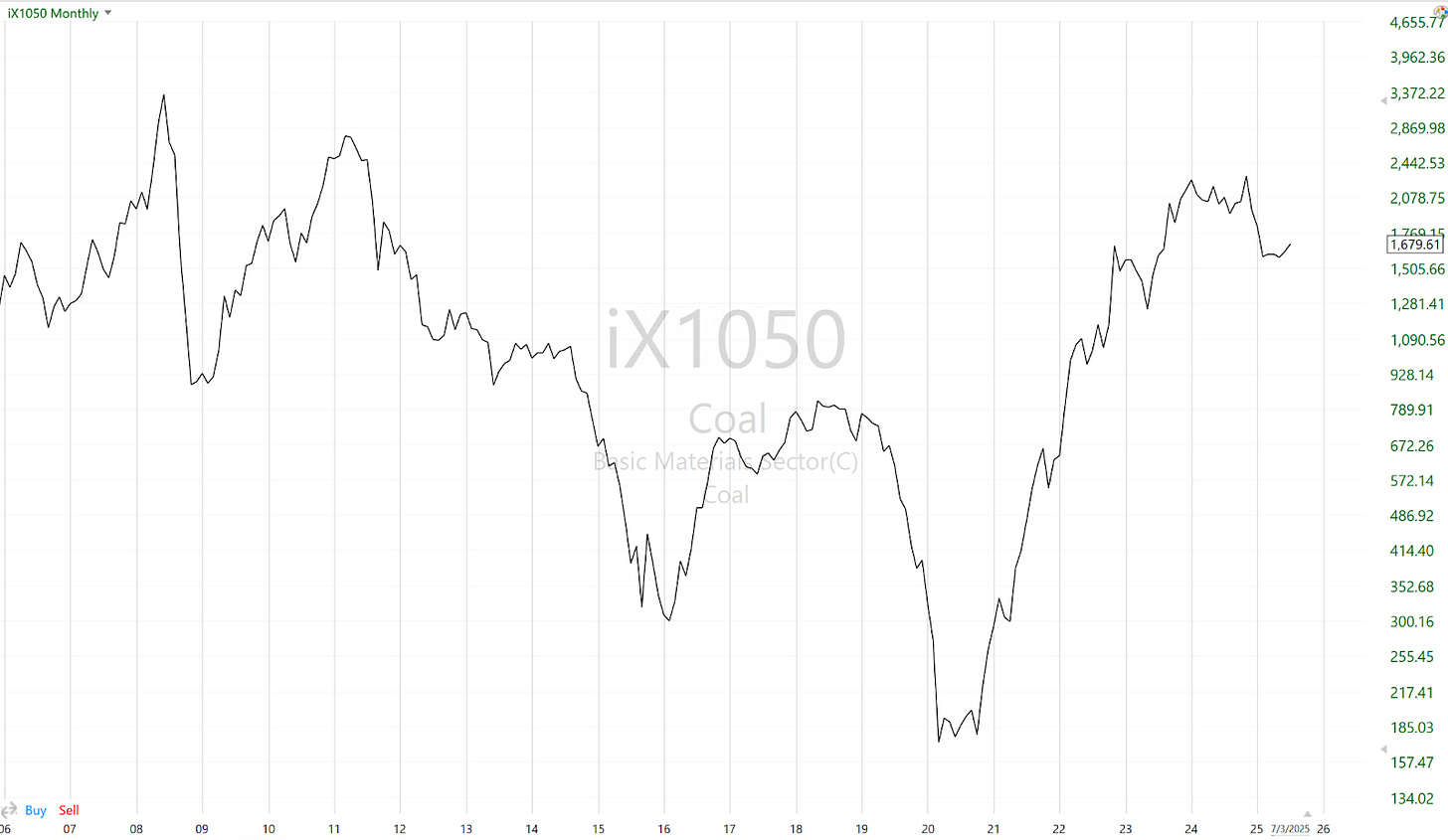If You Knew These 3 Stock Market Rules, You’d Never Watch Financial News Again
You already have enough information to pass a judgment on the economy

I want to tell you how to gauge the economy regardless of what the news says.
People rely on economic barometers like
Inflation
GDP growth
Interest rates
Unemployment
Industrial production
Consumer price index
But no one barometer gives you full information. A blend of them often throws up mixed signals about the economy.
Forget CNBC and government statements. Focus on this simple fact:
The biggest corporations control the economy.
Their CEOs are dictators, and they lay off thousands of people if need be. They build new manufacturing facilities. They protect their supply chains so pandemics or tariff wars can’t harm them.
If you want to gauge the economy, look at what the biggest businesses are doing.
My finance teacher used to say
“The stock market is the business of businesses.”
The stock market is your economic gauge. Here are three things you need to lock in to see where the economy is headed.
1. Don’t guess what’s next until the stock market shows you
Use the stock market as a reference point for recessions.
Expectations drive stock prices. You can figure out what the economy will be like by looking at the industries that outperform.
The US economy is no longer manufacturing-based. It’s leaning hard into digital.
The industries called Software - Application and Software - Infrastructure are soaring. They contain growing companies like Palantir, CrowdStrike, Uber, The Trade Desk, and Snowflake.
All the companies have new technologies in high demand. It shows in their revenues. Investors are expecting them to keep crushing it.
Compare them with the Coal Industry.
New technologies challenge old industries and make the stock market grow.
Even economic shocks like the tariff situation in March-April 2025 didn’t mess the market that much. The S&P 500 and Nasdaq held and came back to their previous all-time highs.
So, no recession.
If a recession were on the horizon, you’d see it in the stock market first.
Public companies would slash guidance. Their stock prices would fall on the disappointing earnings reports.
Economic activity would begin slowing down. The stock market would lose more than 20% from its all-time highs.
A couple of quarters later, the National Bureau of Economic Research would state the obvious: “We’re in a recession.”
The Bureau needs to put together and verify tons of economic data. It takes time, which is why stocks have already tanked.
The 2008 Great Recession was declared on December 1, 2008 after the S&P 500 had lost 40% from its all-time high.
Nobody will talk about a recession with the market at all-time highs. Recessions begin after the stock market has crashed like a lead anchor.
No stock market crash = no recession.
It works the same way with bear markets. Stocks hit their lowest points when the news is drowning in doom and gloom.
It’s easy to tell yourself the economy sucks. Yet it’s the exact moment a recovery begins. That’s why smart investors buy when there’s blood in the street.
And a few quarters later, we hear the economy is growing. You should’ve loaded up on bargain-priced stocks by then.
The stock market leads the economy, not the way around.
2. All markets get saturated (Starbucks example)
Don’t hold stocks forever.
Companies reach market saturation, and their stocks fall. The entire economy contracts when several industries stop growing. Older companies give way to young startups that develop new technologies.
The new technologies drive the next bull market.
Companies like Zoom benefit from pandemics and make within a year all the money they were supposed to make in five years. Zoom hit market saturation quickly.
Starbucks lasted longer but still experienced the full impact of its business contraction.
Starbucks was already a big deal when it went public in 1992. It comfortably survived the dotcom crash and 9/11.
Starbucks had 425 stores in 1994.
In 1999 alone, it opened 625 new stores.
By 2007, it was opening 2,500 stores per year (a new store every 3,5 hours).
What an amazing growth story. If you invested $1,000 in Starbucks in 1992, you’d have $19,000 by 2006, beaming with pride.
You could think Starbucks would survive the 2008 Great Recession. Starbucks isn’t a bank but it had its own crisis.
The company’s quarterly earnings nosedived from $145,5 million in 2006 to -$6,7 million in 2008. The stock cratered 73%. It was dreadful even by 2008 standards.
Starbucks management got carried away. Same-store sales growth fell by half. Ex-CEO of Starbucks Howard Schultz wrote in his 2011 book Onward:
“Growth [...] is not a strategy. It is a tactic. And when undisciplined growth became a strategy, we lost our way.”
Extreme price runs are unsustainable. You may pat yourself on the shoulder for being invested in a company growing like a rocket.
But don’t let your head run wild like Starbucks management. Your stock will eventually tank.
Dump it in time to keep your profits.
3. The trillion-dollar investors will show you the way
Look beyond the obvious in the stock market.
$200-300 billion moves through the US stock exchanges every day. There’s always a ton of stuff happening, even on days when it seems like stocks aren’t going anywhere.
It’s because institutional investors like BlackRock buy and sell stocks without moving their prices.
BlackRock has $11,6 trillion under management. It moves the money back and forth to support the stocks of public companies.
With so much money under your belt, you don’t want others to know what you’re doing. If they learn you’re loading up on a stock, they’ll jump in, and the stock will skyrocket before you’re done buying it.
You hide your activity by buying and selling slowly.
The stocks institutional investors are buying, are bargain-priced.
Some of you readers are good at identifying companies with large growth potential on your own. You must be as savvy as institutional investors even though you probably don’t use their formulas for evaluating companies’ fundamental values.
For someone average like me, following institutional investors is a more certain strategy. I become interested in a stock if they’re buying it.
The easiest way to uncover institutional activity is to go to www.nasdaq.com, enter a stock ticker, and click on “Institutional Holdings.”

BlackRock and others file quarterly reports of their buys and sells. The data on www.nasdaq.com are delayed by several weeks but it’s still enough for long-term investing.
The only time institutional investors reveal their presence in real time is when something extreme happens. A company can report good earnings and still lose valuation.
Institutional investors quickly move in to overwhelm the selling. A reversal signal forms.
The candle with a long tail in the $UNH chart is institutional support. Note that the price has stayed above the candle ever since. The stock is a bargain, and now it’s being accumulated, which stabilizes its price.
The long white candle in the $DOCS chart indicates that the prior selling was a mistake. The stock is on the rise too.
A reversal signal is not a guarantee the stock price will rise tomorrow. It just means someone with a large financial base is on your side while small investors are still dumping the stock. Be patient and wait for it to come back.
Follow institutional activity.
Recap for memory
I don’t read financial retail news and don’t feel like I miss important information. The stock market tells me everything I need to know.
Follow these rules for successful long-term investing:
The economy follows the stock market
Every company will hit market saturation
Investing with institutional investors reduces your risk
That’s how you make sound financial decisions without reading the news at all.
This article is for informational purposes only. It should not be considered Financial or Legal Advice. Not all information will be accurate. Consult a financial professional before making any major financial decisions.
P. S. I send out this newsletter twice a week. If you want to base your investing decisions on data instead of on the news, hit the Subscribe button.










Phenomenal 👍
This is really solid stuff. Watching what the big players are doing makes a lot of sense, and the economic insights are super helpful. I usually keep an eye on the VIX too to get a feel for overall market mood and uncertainty.